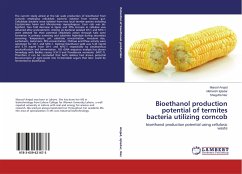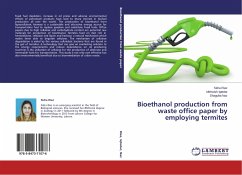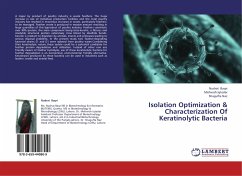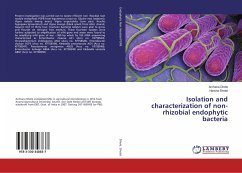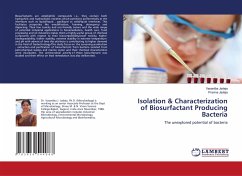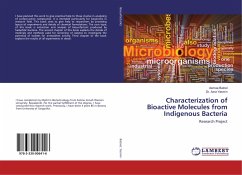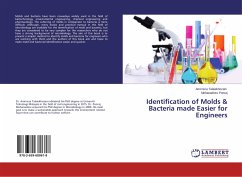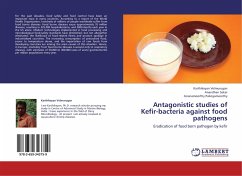The current study aimed at the lab scale production of bioethanol from corncob employing cellulolytic bacteria isolated from termite gut. Cellulolytic bacteria were isolated from two local termite species including Coptotermes heimi and Microtermes mycophagous. Corn cob was de-lignified. Two fold decrease in lignin and 20% increase in cellulose was obtained after pretreatment. Among six bacterial isolated CH-1 and MYC-1 were selected for their potential cellulolytic action through halo zone formation in primary screening and substrate hydrolysis during secondary screening. Temperature, pH, substrate concentration, inoculum size, surfactants, metal ions, PEG concentration, CMCase and FPase activity were optimized for CH-1 and MYC-1. Optimal bioethanol yield was 5.45 mg/ml and 5.79 mg/ml from CH-1 and MYC-1 respectively by simultaneous saccharification and fermentation. 16S rDNA sequence analysis has shown homology with Bacillus cereus (CH-1) and Providencia vermicola. (MYC-1). Therefore it can be concluded that both isolates had shown potential bioconversion of agro-waste into fermentable sugars that later could be fermented to bioethanol.
Bitte wählen Sie Ihr Anliegen aus.
Rechnungen
Retourenschein anfordern
Bestellstatus
Storno

